Many of us didn’t grow up in homes where we talked about emotions, but there’s one thing for sure – we all grew up feeling them. All emotions matter, and they give us signals and cues that guide us through life. They tell us important things like what we like or don’t, and what’s most important to us. With feelings and emotions being abstract concepts, it’s crucial to start these conversations early.
Just as we ensure that our kids learn reading, writing, and mathematics to build their academic intelligence, there’s another intelligence that matters just as much – emotional intelligence. Emotional intelligence (EQ) is a person’s ability to express and manage feelings while respecting others. It’s an essential skill that kids can begin to learn at any age – and a skill that we as adults may also be learning!
Like any skill, emotional intelligence can be taught and gets easier with practice. And if you’re wondering, the best teacher for this job is you! Don’t worry; we’ve got you covered. After hours of research, we’ve narrowed down the top 3 ways to teach kids about emotions and feelings.
Step 1: Name Emotions
The first step to managing emotions is to know what they are. Model identifying emotions by naming your own. For example, “I am sad because I can’t find my favorite watch.” Validate and empathize, then help your kid name their feelings and discuss how each one feels. For example, “I can see why that would make you cry. Are you feeling sad?” Remember – all feelings are okay, even the ones that don’t make us feel good.
Step 2: Identify Triggers
Once kids understand their feelings, they can begin to know where they come from. Feelings usually come from something that happens to or around us, but it isn’t always easy for kids to identify this. In moments of intense emotion, our rational and emotional brains do not speak the same language. After helping your kid calm down, use simple words and questions to help them understand what’s behind their feelings.
Step 3: Teach Coping Skills
We must model healthy coping skills. Openly discuss your emotions so your kids can watch your emotional regulation in action! Share how you manage both enjoyable and challenging moments. Identify coping skills such as taking deep breaths or drawing a picture. Help your kid plan what they can do the next time they experience big emotions.
An important note: How to manage emotions and feelings are best learned about in calm environments. Practicing any new skill in the heat of the moment is difficult.
Reading about characters who experience big emotions helps minimize embarrassment and normalize experiences kids may be dealing with. Here are eight children’s books to help your family navigate various feelings and emotions.
Always Be You by Ioana Stoian (age 0-2)
- About
A colorful book with rhyming words that tells our youngest readers all emotions and feelings are valid.
- Why We Love It
This text reads as a caregiver speaking to and affirming a kid’s feelings and identity. With simple words, it is a great book to start discussing feelings and emotions.
- Things to Know
In contrast to its text, the illustrations include plants and insects to portray diverse emotions and feelings instead of human characters.
¡Eso es mío!/That’s Mine! by Sumana Seeboruth (age 0-4)
- About
A little kid goes through the process of learning how to share at playtime.
- Why We Love It
Sharing is hard and this book tackles the different feelings and scenarios our kiddos will inevitably encounter. We especially love the emphasis on the “mi” or “my” things – something most kiddos will say!
- Things to Know
This book contains both Spanish and English text, with Spanish first.
Little Faces, Big Feelings by Amy Morrison (age 0-4)
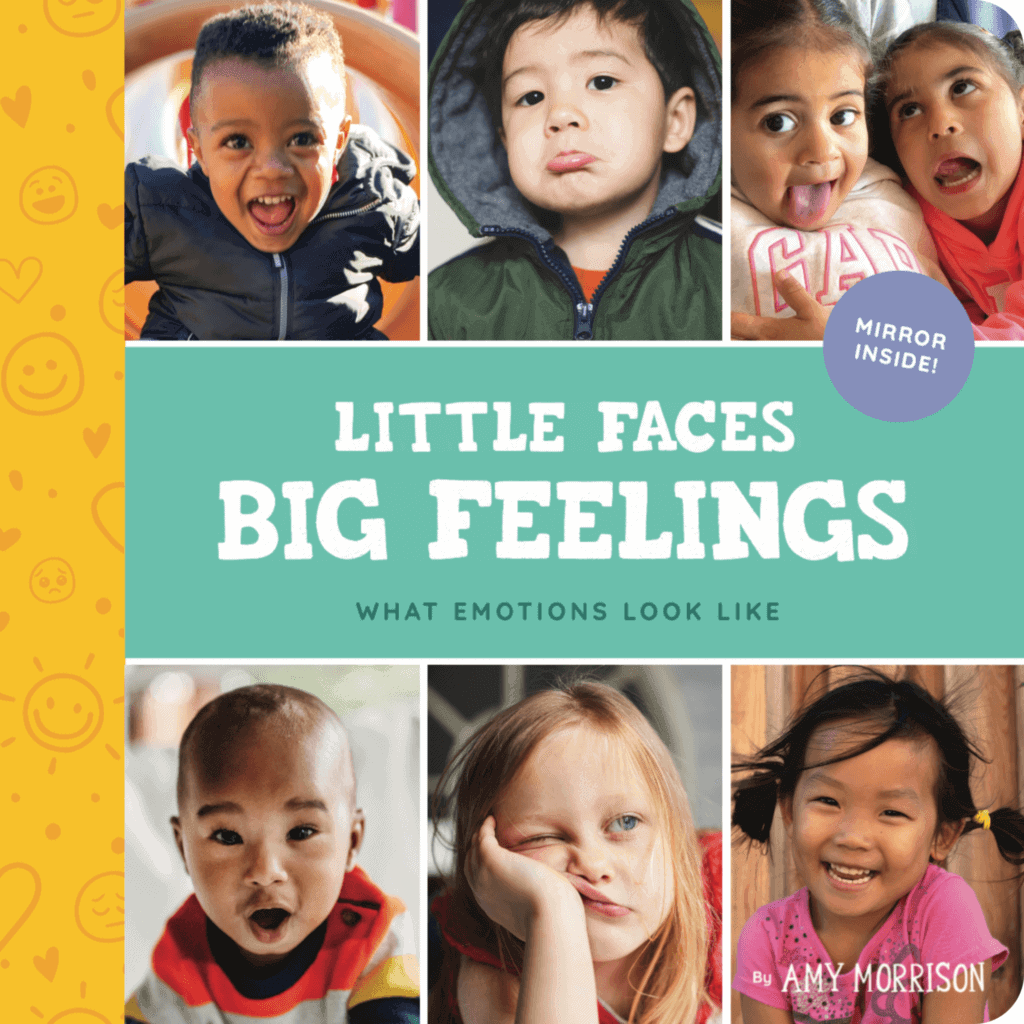
- About
Learn about emotions by looking at 100 different kids’ faces! See why kids are happy, sad, mad, surprised, scared, brave, bored, silly, or tired with beautiful photographs showing every bit of context (like welcoming a new sibling, breaking a toy, or getting ready to sleep).
- Why We Love It
Kids love looking at other kids and this not only includes photographs, but shows so many different kids. Every spread shows the same emotion on 10 different children’s faces, which is helpful in teaching your little one that the same emotion can look different on different faces. Created with neurodiverse children in mind!
- Things to Know
Utilize the mirror in the back of the book to practice making faces and identifying emotions. These skills lay the groundwork for managing emotions and developing empathy for others.
Jenny Mei is Sad by Tracy Subisak (age 4-7)
- About
Told from the perspective of Jenny Mei’s friend, this book teaches us that sadness is a natural human emotion.
- Why We Love It
We love that this book demonstrates small, simple ways to show your support for a sad friend — such as quietly being there to listen. We also love that it normalizes feeling sad, and hope it encourages your kiddo to express their sadness to their good friends and trusted adults,
- Things to Know
The illustrations play a crucial role in telling this story. Take note of how facial expressions and posture show emotion. Additionally, consider how the class assignment on “drawing your family” may contribute to Jenny’s feelings. You can read more about why the author/illustrator, Tracy Subisak, wrote this story here.
Layla’s Happiness by Mariahadessa Ekere Tallie ( age 4-7)
- About
Layla tells us what happiness is for her — from her surroundings to the simple every day things that bring joy to her life.
- Why We Love It
Happiness is contagious and this book, cheerfully told from Layla’s perspective, will surely be a feel-good book for you and your little one!
- Things to Know
This book is filled with comparisons, which offers a great opportunity for little ones to practice describing their feelings through similar experiences to things. For example, comparing happiness to planting seeds and watching them grow.
I Am Okay to Feel by Karamo Brown and Jason “Rachel” Brown ( age 4-7)
- About
A father and his son navigate through stormy weather, and discuss the many feelings the kiddo feels on their way home.
- Why We Love It
This book portrays the many emotions one might experience in one day and is a great tool to discuss to your child that no feeling is permanent!
- Things to Know
The back matters of this book were developed with psychologists to help children express their feelings in healthy ways.
Abdul’s Story by Jamilah Thompkins-Bieglow (age 5-9)
- About
The main protagonist, Abdul, struggles with perfecting his story to share with his class.He likes to tell stories aloud, but struggles when it comes to writing. Abdul has also never before read stories about people or places that he knows – they always seem to be about other people or places.
- Why We Love It
We love that this book shows the importance of role models who look like your kiddo! With the help of a writer named Mr. Muhammad, who has a similar hairstyle, Abdul feels inspired to write, and feels like a true writer when his story is read aloud.
- Things to Know
This book beautifully encourages progress over perfection. It empowers emerging writers or creatives to get all of their ideas, even the messy ones, down on paper and into action.
Finding Om by Rashmi S. Bismark (age 7-9)
- About
With the help of her grandpa, an Indian-African girl named Anu, practices mindful meditation by chanting the Om mantra.
- Why We Love It
This is a great book to introduce our littles to the traditions of meditation, which helps clear the mind and enhance one’s emotional well-being.
- Things to Know
Om is a mantra that can be used by anyone, but it is significant in many parts of the world, especially across South Asia. In Hinduism, Jainism, and Buddhism, Om has many different meanings, including the universe, consciousness, and God.
While every child has different needs, using these three steps paired with these books will help kiddos explore their own feelings and emotions safely. As parents and caregivers, we can build our toolkit and resources to better equip our children in navigating all of their feelings.
Support our work by signing up for our monthly book club to get books like these on LittleFeminist.com


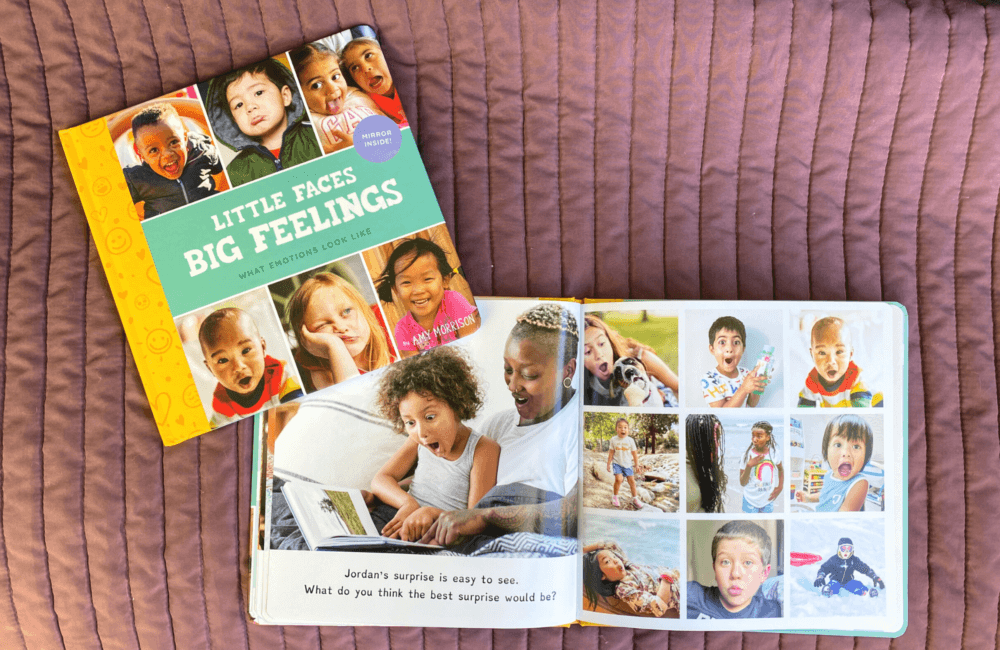





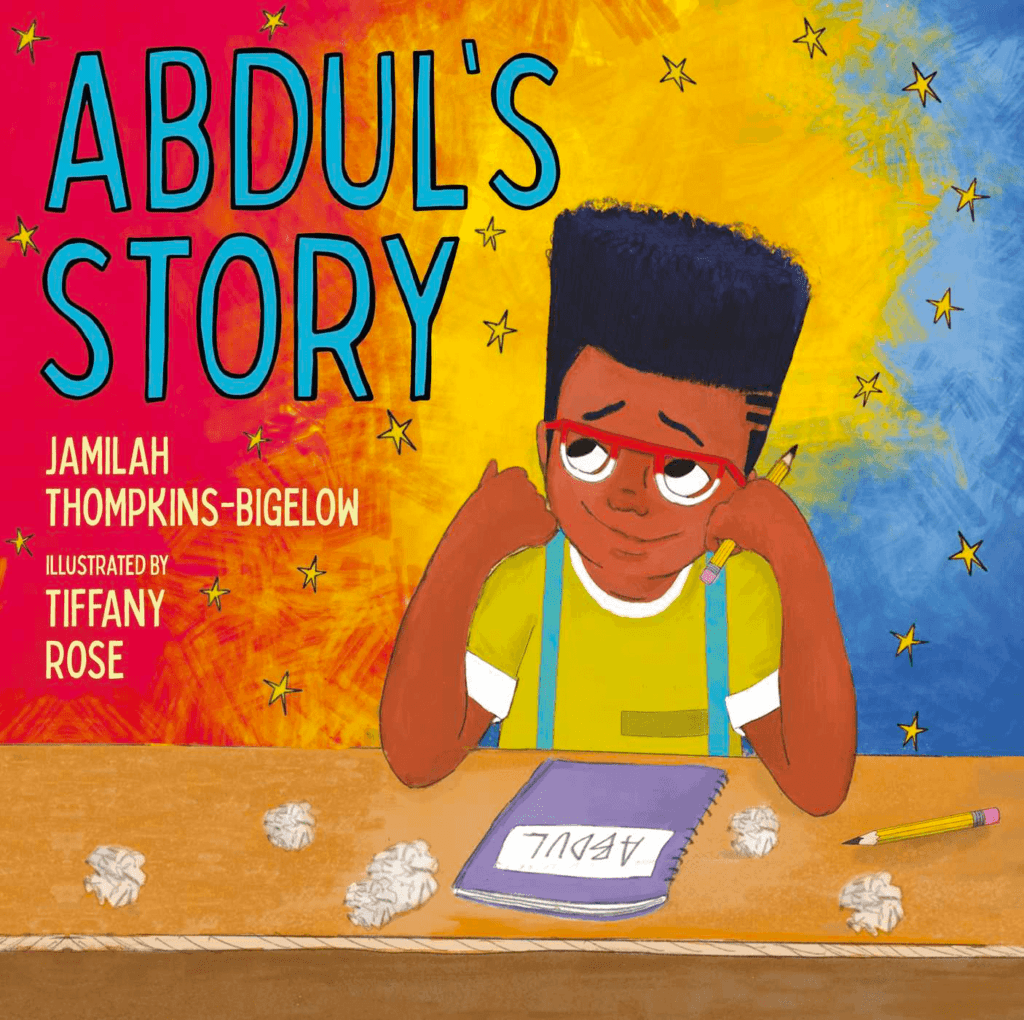

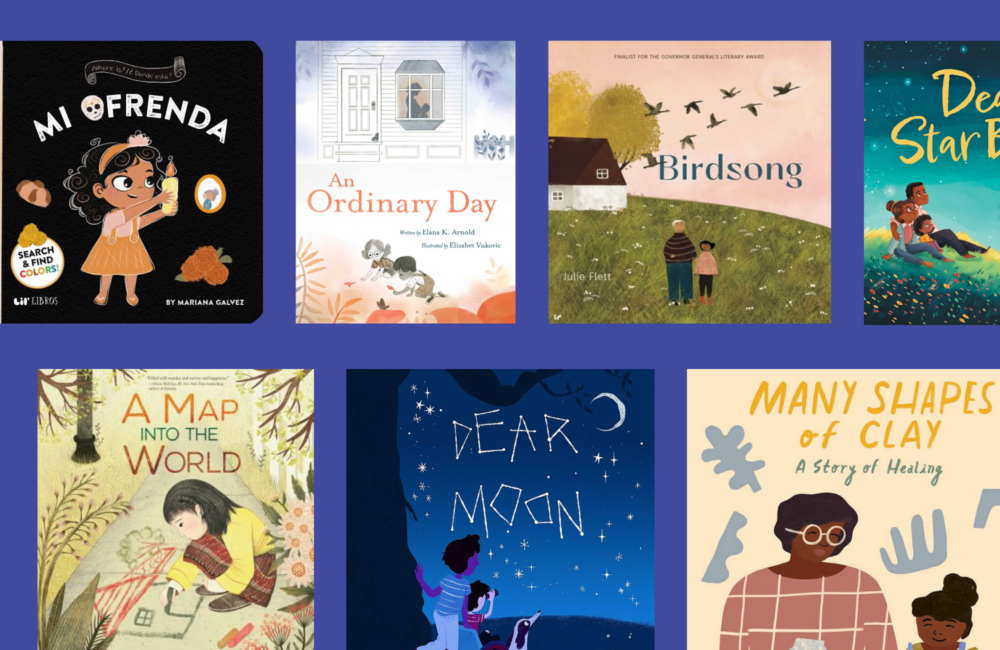
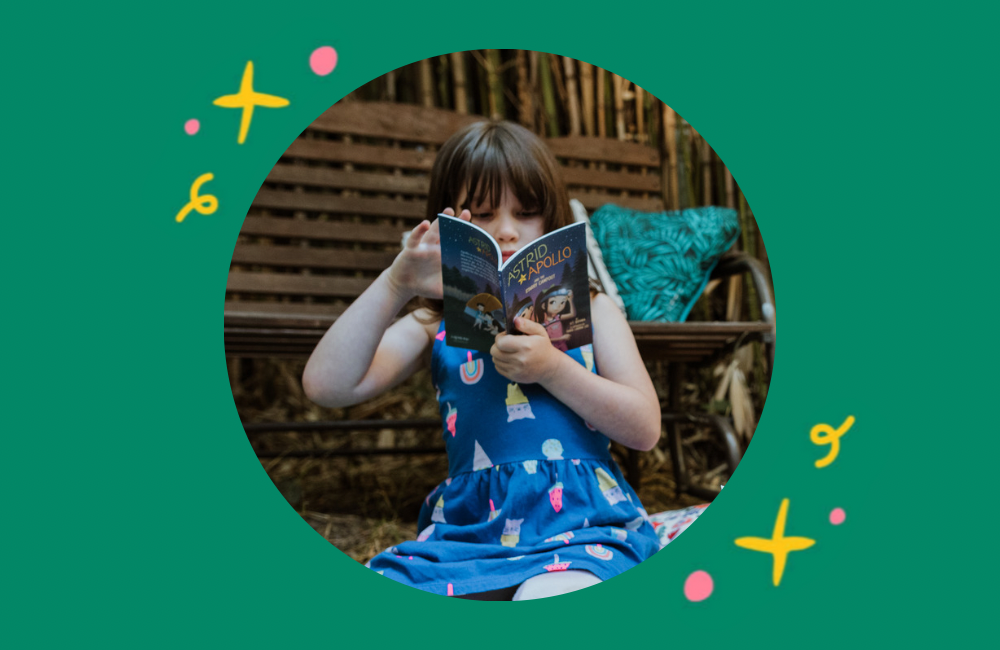
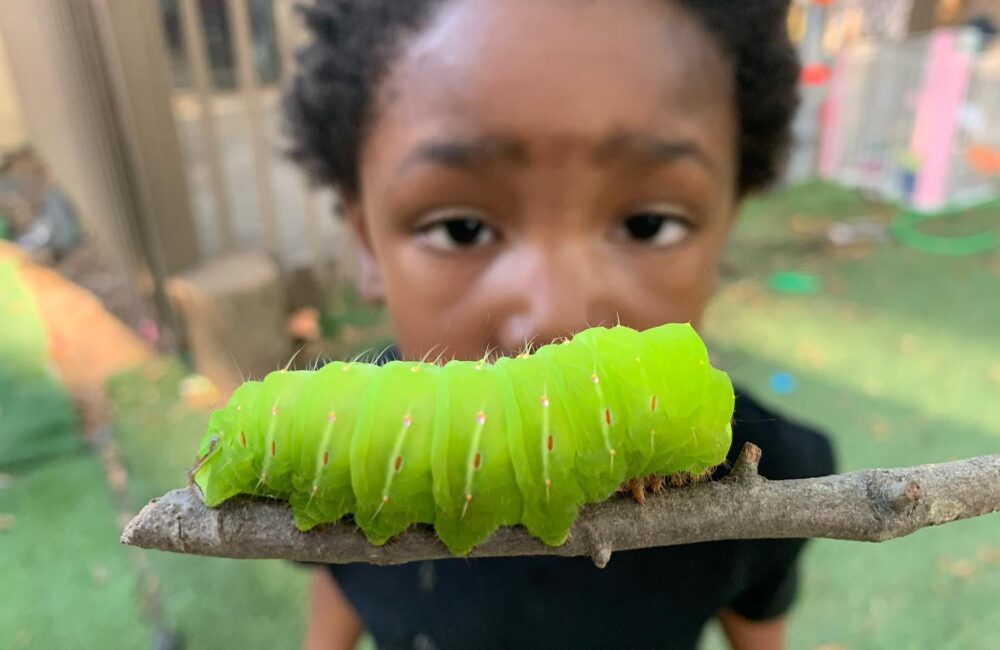
 in Oakland, CA
in Oakland, CA